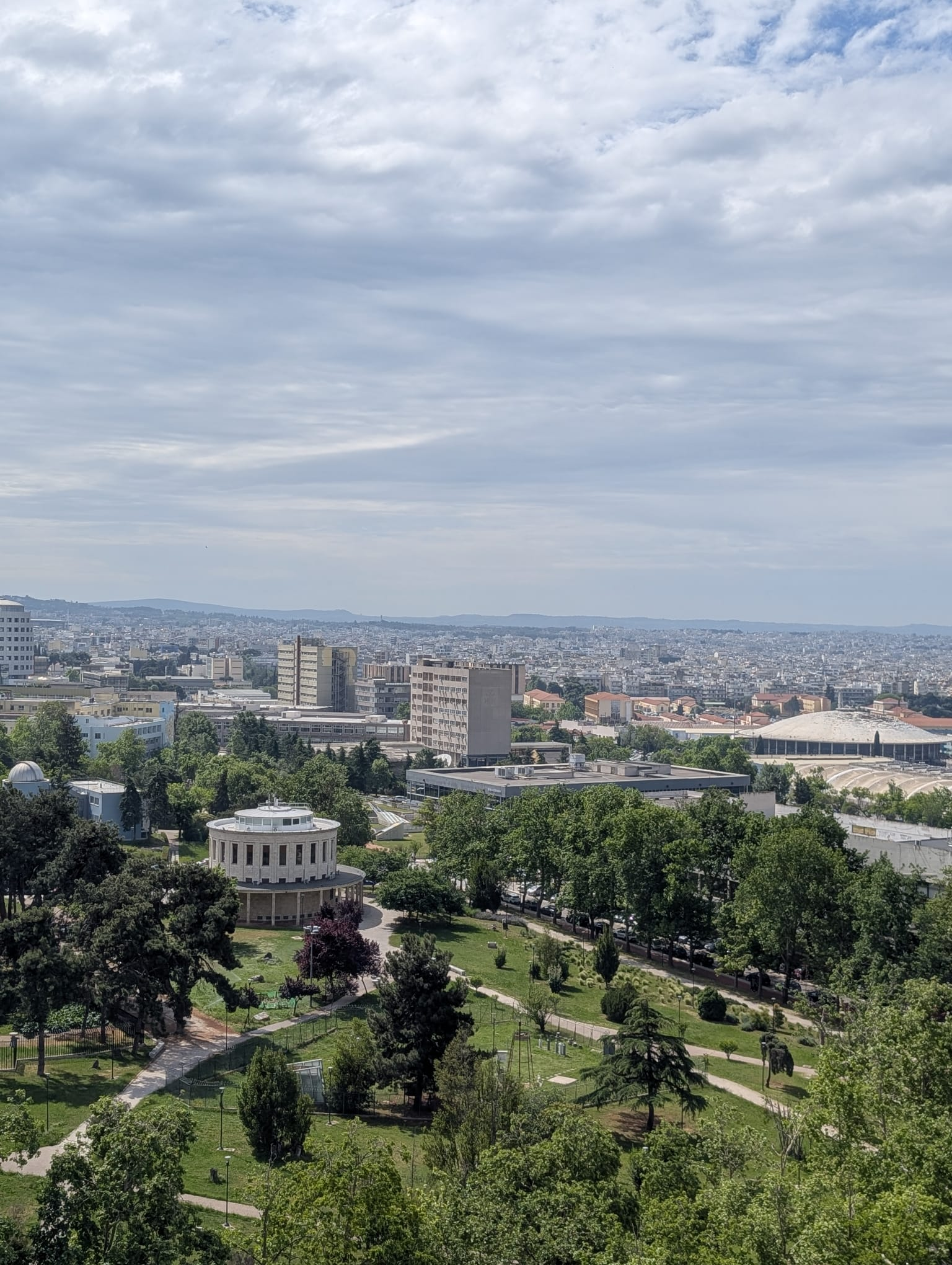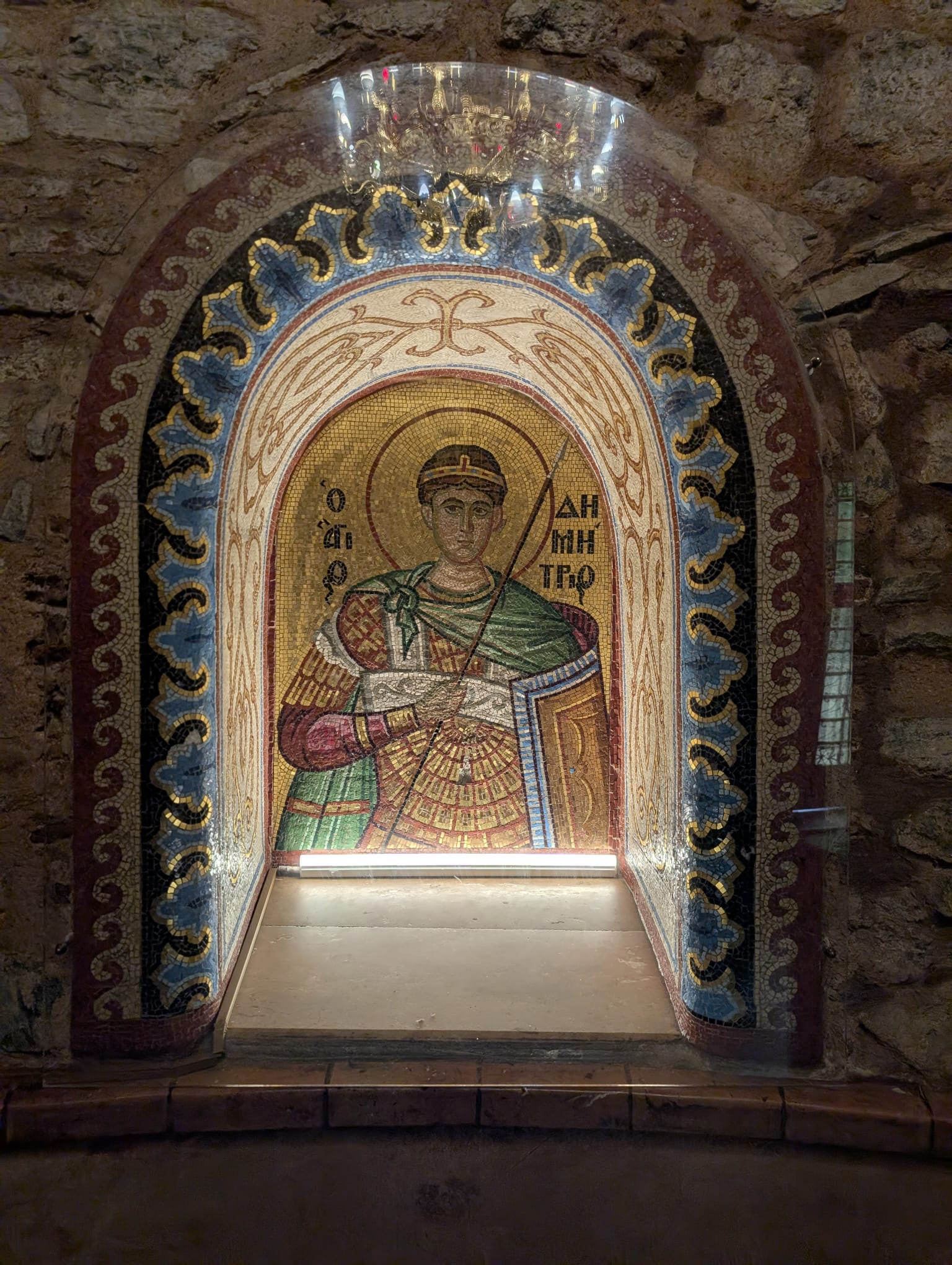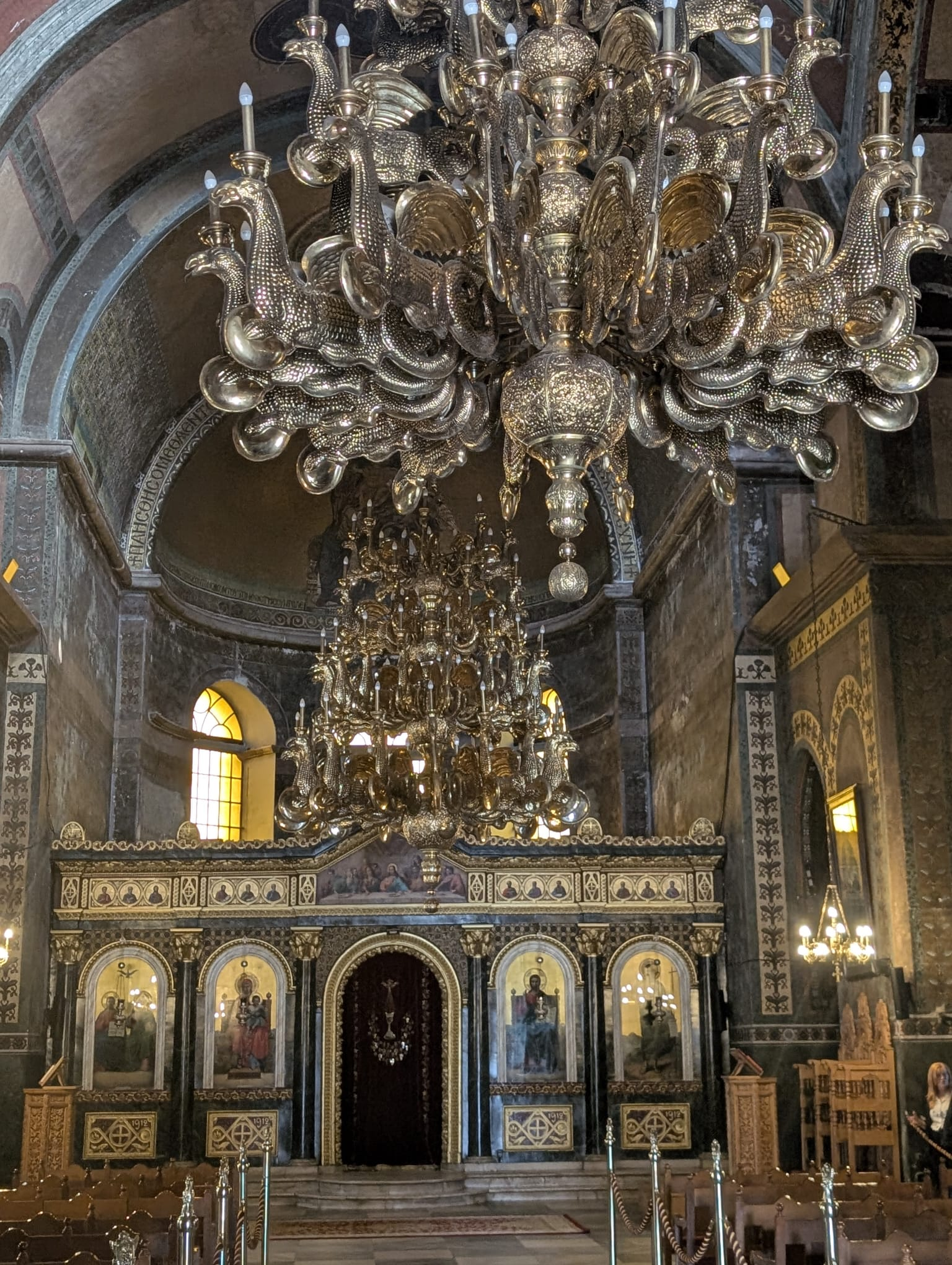From ancient to modern times - the city of Thessaloniki
Thessaloniki is the second largest city in Greece in terms of population, economic, historical and cultural importance. The city was founded in 315 BC by Cassander of Macedon, who named it after his wife Thessalonike, daughter of Philip II of Macedon and sister of Alexander the Great.

The city is full of buildings and monuments that attest to its antiquity and interculturality, from Greek and Roman ruins to the White Tower of Thessaloniki ( Greek Lefkos Pygros, Turkish Beyaz Kule), an arhitectural monument, house of the Museum of Byzantum and symbol of the city.
The place we visited and which demonstrated to us the palette of ancient and medieval influences was the Church of Saint Demetrius. Hagios Demetrios (Greek: Άγιος Δημήτριος) is the main sanctuary dedicated to the patron saint of Thessaloniki, dating from a time when it was the second largest city of the Byzantine Empire. Since 1988, it has been on the UNESCO World Heritage List. The first church on the spot was constructed in the early 4th century AD, replacing a Roman bath. The basilica is famous for six extant mosaic panels, dated to the period between the latest reconstruction and the inauguration of the Byzantine Iconoclasm in 730. During the reign of Bayezid II, the church was converted into a mosque.
But Thessalonki is not only a historical city, but also a modern tourist one. The boulevards lit by shop windows remind us of the century we live in, then we arrive at the Aristotelus Square, which is the center square of Thessaloniki and it was developed by the French architect Ernest Hébrad in 1917, so occidental influences can also be found.
I personally consider it a city worth visiting, because of the beauty of the coexistence of the past and the present.

|

|